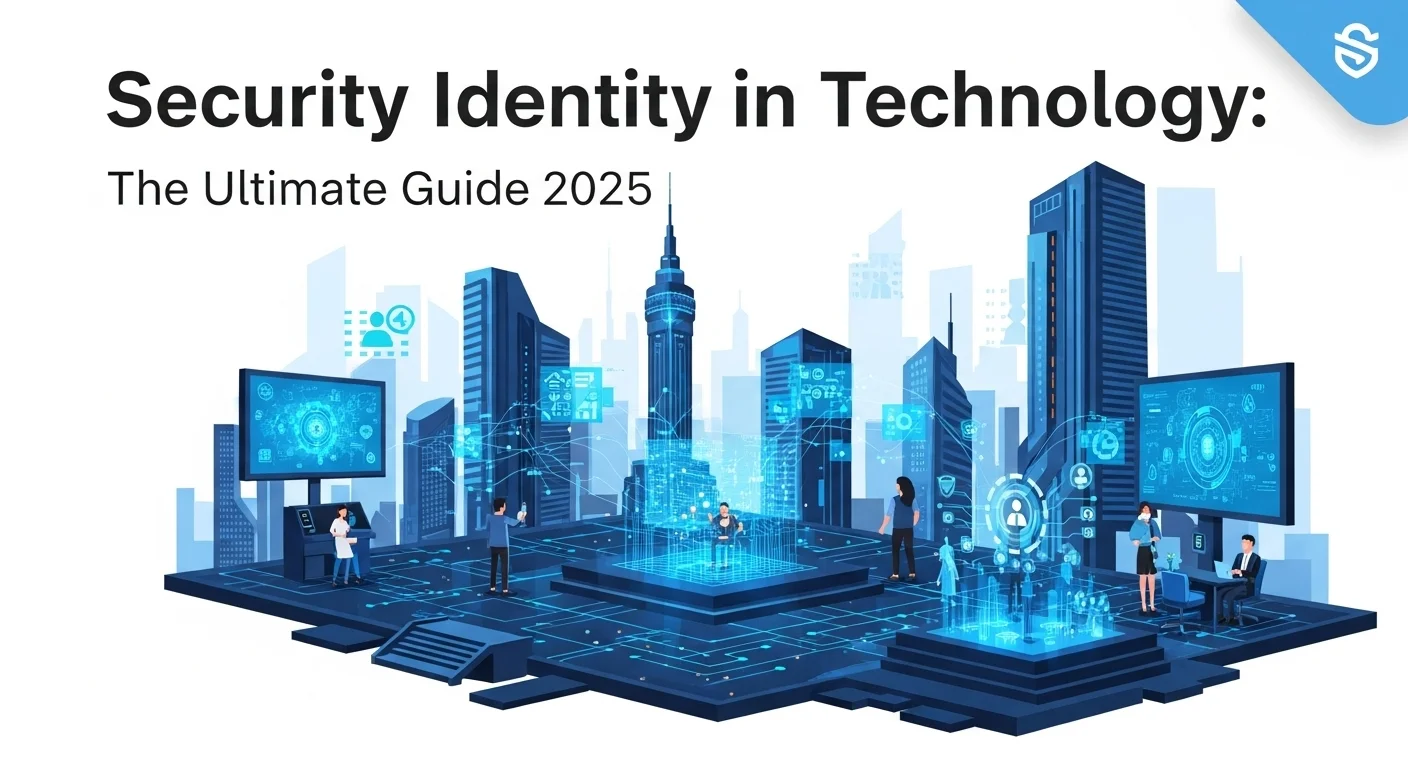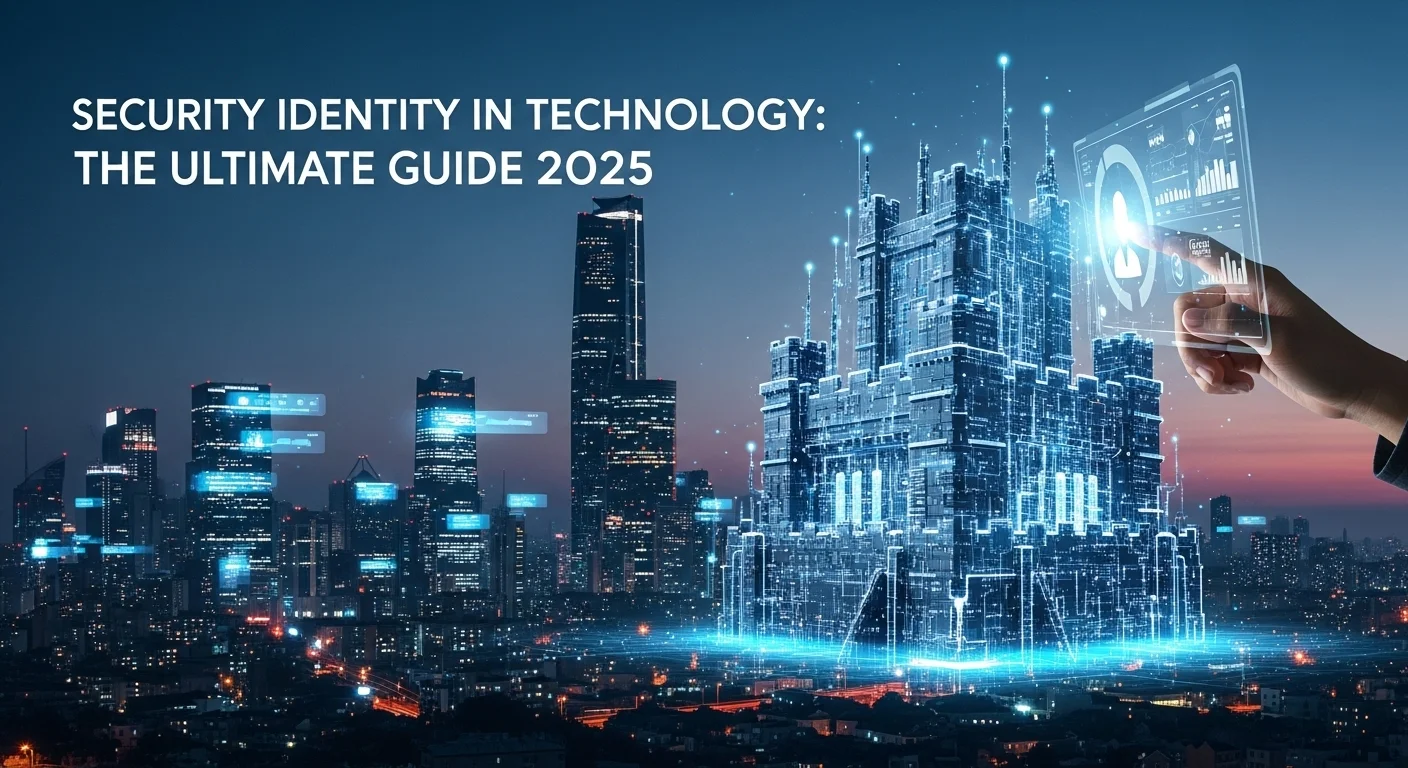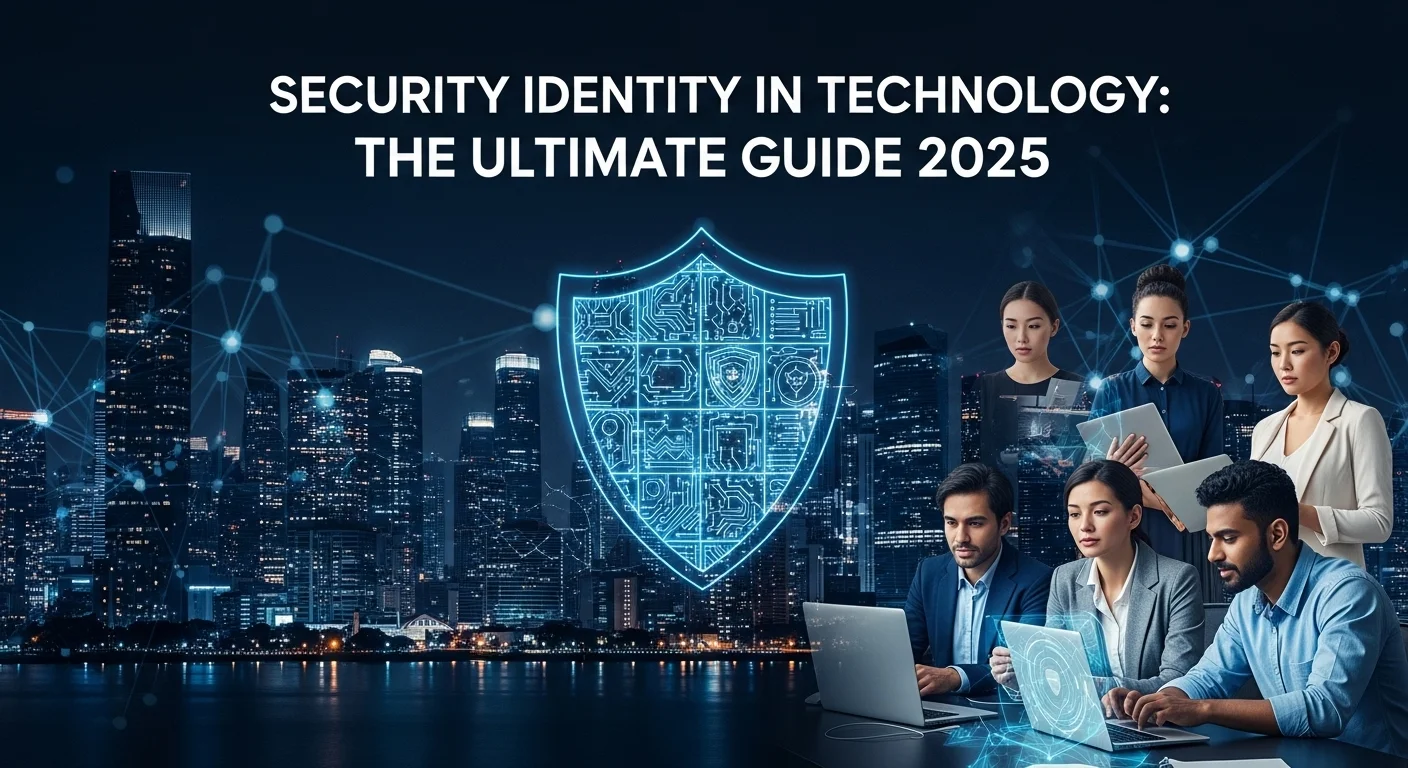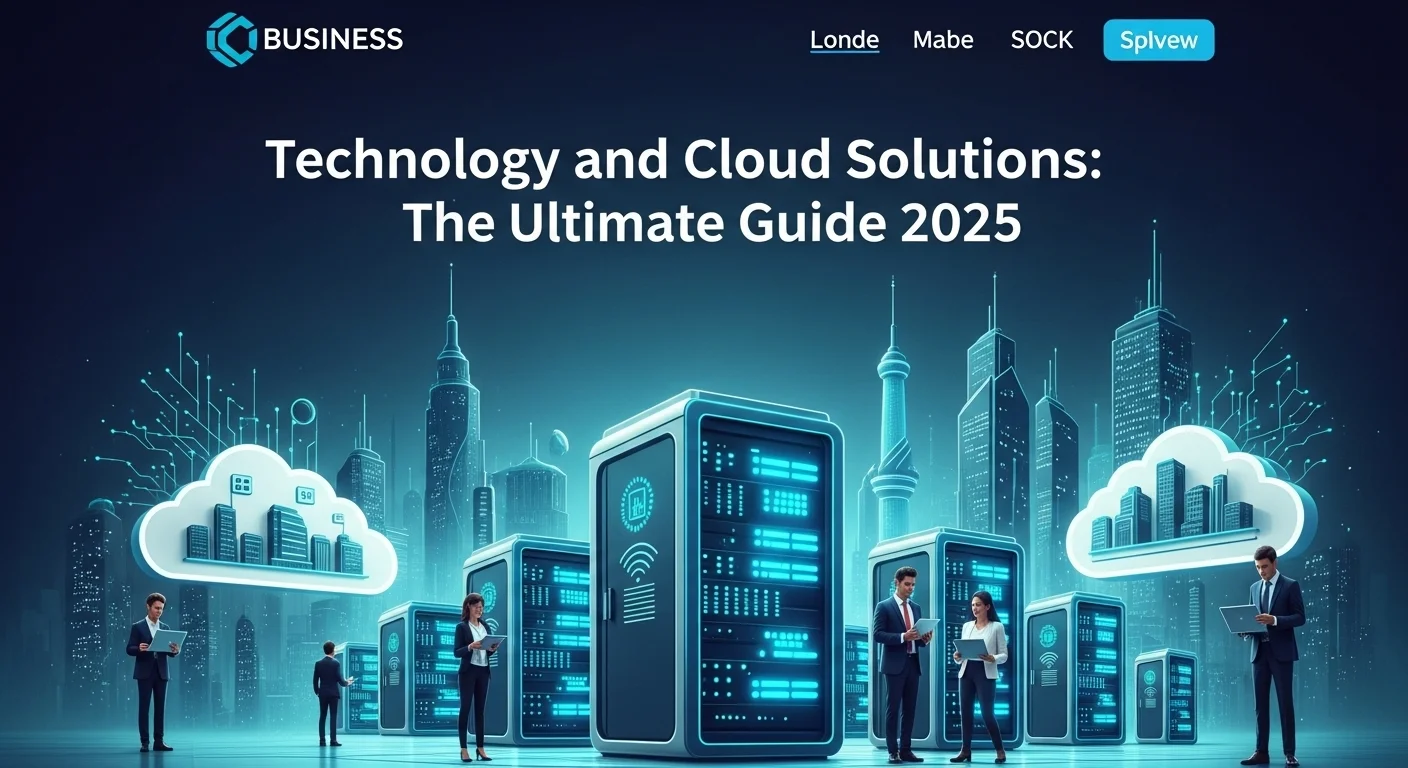Security Identity Explained: A Guide to Navigating Our Digital World

Executive Summary
In my years working in cybersecurity, I've realized that the most important question is a simple one: 'Who are you, and what are you allowed to see?' This is the heart of Security Identity. It's the framework that protects our digital lives, from our personal photos to critical business data. This guide is my attempt to demystify it for you. We'll explore how identity management acts as the digital gatekeeper in our modern world of cloud computing and remote work. Forget complex jargon; I want to give you a clear, human understanding of why this matters so much and how it helps businesses not just survive, but thrive securely.
Table of Contents
Table of Contents
What is Security Identity and Why Does It Matter?
In the past, we used to think of security like a castle with a strong wall and a moat. As long as you were inside, you were trusted. But today, our digital world has no walls. We work from coffee shops, access company data from our phones, and use countless cloud services. The 'inside' is everywhere. This is where Security Identity comes in, and it's become the most important part of modern technology strategy. In my experience, it's the new perimeter. At its heart, Security Identity, or what we in the industry often call Identity and Access Management (IAM), is all about making sure the right people get access to the right things at the right time, and for the right reasons. It's the bouncer, the security guard, and the hall monitor of the digital world, all rolled into one. A digital identity isn't just a username; it’s the unique digital fingerprint of a person, a device, or even an application trying to connect to your network.
So, why is this so critical? Because hackers have changed their tactics. They aren't just trying to break down the castle walls anymore; they're trying to steal the keys. Stolen credentials are now one of the top causes of major data breaches. A strong identity security strategy is your first and best line of defense. It's about verifying everyone who knocks on your digital door before you let them in. Without it, you're leaving the door wide open to data theft, insider threats, and massive fines for not complying with regulations. In simple terms, it's the foundation that keeps all your digital assets safe and sound.
The Core Principles of Security Identity
To really get a handle on this, you just need to understand three core ideas that work together. I always explain them as a sequence of simple questions.
1. Authentication: Verifying 'Who Are You?'
Authentication is the first checkpoint. It’s the process of proving you are who you say you are. For years, this was just a password, but we all know how weak those can be. I've seen countless breaches happen just because of a simple, reused password. That's why we've moved to much stronger methods. Multi-Factor Authentication (MFA) is the new standard, and for good reason. It asks you to prove your identity in more than one way. It’s usually a combination of something you know (your password), something you have (your phone or a security key), and something you are (your fingerprint or face). By requiring two or more of these, MFA makes it incredibly difficult for a thief to get in, even if they've stolen your password.
2. Authorization: Determining 'What Can You Do?'
Once we've confirmed who you are, the next question is, what are you allowed to do? This is authorization. A fundamental rule I always preach is the Principle of Least Privilege (PoLP). It’s a simple but powerful idea: you should only have access to the bare minimum needed to do your job. An accountant doesn't need access to software code, and a developer doesn't need to see the company's financial records. By limiting access this way, you dramatically shrink the potential damage if an account is ever compromised. The hacker might get in, but they'll find themselves in a tiny, empty room with nothing important to steal.
3. Auditing and Compliance: Tracking 'What Did You Do?'
The final piece of the puzzle is auditing. This means keeping a detailed log of who accessed what, and when. Think of it as a security camera system for your network. This constant monitoring is vital for a few reasons. First, it helps security teams spot strange behavior and stop an attack in its tracks. Second, if a breach does happen, these logs are like a detective's notebook, helping you figure out exactly what happened. And finally, for almost any industry today, having these audit trails is not optional—it's required by law (think GDPR, HIPAA). It's how you prove you're taking security seriously.
Business Applications and Benefits
Putting a good identity management program in place is about so much more than just security. It’s a genuine business booster.
A Stronger Security Shield: This is the obvious one. You drastically reduce the risk of a costly data breach from both outside hackers and internal mistakes.
Smoother Operations: I've seen IT teams get buried under manual requests. Modern identity systems automate tasks like setting up new employees or removing access when someone leaves. This frees up your tech team and cuts down on human error.
Happier, More Productive Users: Good security shouldn't be a pain. With tools like Single Sign-On (SSO), your team can log in once to access all their apps. No more juggling dozens of passwords. It’s a small change that makes a huge difference in day-to-day work.
Simplified Management: Instead of managing access across dozens of different systems, you have one central dashboard. It makes life easier and ensures your security rules are applied everywhere, consistently.
Easier Regulatory Compliance: Passing a regulatory audit can be a nightmare. A solid identity system provides all the reports and controls you need to prove you're protecting data properly, helping you avoid massive fines.
In short, Security Identity has grown from a niche IT task to a core business strategy. By mastering it, companies can protect their assets, empower their people, and build a truly resilient foundation for the future.

Complete Guide to Security Identity in Technology and Business Solutions
Now that we've covered the 'what' and 'why,' let's dive deeper into the 'how.' Building a mature identity security program means moving from simply reacting to threats to proactively managing access in a way that fuels your business. It's about choosing the right tools and, more importantly, the right strategies. From my experience, this is where organizations truly transform their security from a cost center into a competitive advantage.
Core Technical Methods in Security Identity
Modern identity strategies rely on a powerful toolkit. Understanding these tools helps you build a layered defense that's tough to break.
1. Single Sign-On (SSO)
I like to call SSO the 'master key' for your digital workspace. It allows a user to log in one time with a single password to access all their different applications. Instead of your team having separate passwords for email, their CRM, and project tools, they authenticate just once. It’s a win-win: users are happier because they have fewer passwords to remember, and security is stronger because you can enforce tough authentication policies (like MFA) in one central place. It’s one of the easiest ways to boost both security and productivity.
2. Multi-Factor Authentication (MFA)
We touched on MFA earlier, but it’s worth repeating how crucial it is. It's the digital equivalent of needing both a key and a PIN to open a safe. Even if a hacker steals a password, they're stopped in their tracks because they don't have the second factor, like the user's phone. Modern MFA is incredibly user-friendly, using things like:
- Push Notifications: A simple 'approve' or 'deny' tap on your smartphone.
- Biometrics: Using your fingerprint or face to log in.
- Passkeys: A new, super-secure standard that lets you use your device as your password. It's highly resistant to phishing attacks.
3. Privileged Access Management (PAM)
Some accounts are more powerful than others. Think of your 'administrator' or 'root' accounts—I call them the 'keys to the kingdom.' These are the prime targets for attackers because they offer complete control. Privileged Access Management (PAM) is a specialized security discipline focused just on protecting these super-user accounts. PAM tools do things like:
- Locking away passwords: Storing admin passwords in a secure vault and rotating them automatically.
- Recording sessions: Monitoring and recording everything a privileged user does, so you have a full audit trail.
- Just-in-Time Access: Granting admin rights only for a short, specific period, instead of all the time. This drastically reduces the opportunity for misuse.
4. Identity as a Service (IDaaS)
With everything moving to the cloud, it makes sense that identity management has too. IDaaS solutions are cloud-based platforms that provide a full suite of identity tools (SSO, MFA, etc.) as a subscription. For many businesses, especially smaller ones, this is a game-changer. You get enterprise-grade security without the cost and headache of managing the hardware yourself. Companies like Okta, Microsoft Entra ID, and Ping Identity lead this space, offering powerful and scalable platforms.
Business Techniques and Governance
The best technology in the world won't help if you don't have the right strategies and rules in place.
1. Role-Based and Attribute-Based Access Control (RBAC & ABAC)
These are two ways to manage permissions smartly. RBAC is the most common: you create 'roles' (like 'Sales Rep' or 'Engineer') and assign permissions to the role, not the person. When someone joins, you just assign them the role, and they automatically get the right access. It's simple and consistent. ABAC is a more advanced version that makes decisions based on multiple attributes—like the user's role, their location, the device they're using, and the time of day. It's more dynamic and a key part of more modern security models.
2. Identity Governance and Administration (IGA)
IGA tools provide the oversight and policy enforcement layer. They help you answer the big questions: 'Who has access to what?' and 'Should they?' IGA helps with things like:
- Access Reviews: Automatically asking managers to review and re-approve their team's access rights periodically. This prevents 'privilege creep,' where people accumulate access they no longer need.
- Segregation of Duties (SoD): Enforcing rules to prevent conflicts of interest, like making sure the person who approves invoices can't also be the one who creates new vendors.
3. Adopting a Zero Trust Architecture (ZTA)
Zero Trust is a mindset shift. The old model was 'trust but verify.' Zero Trust is 'never trust, always verify.' It assumes that any request, whether it's from inside or outside your old 'castle walls,' could be a threat. Every single attempt to access data must be authenticated and authorized. Identity is the absolute heart of a Zero Trust strategy. It's a journey, not a quick fix, but it's where security is heading. It’s like giving every important document its own personal bodyguard.
Comparing Leading Solutions
When it's time to pick a tool, the choice often depends on your existing setup.
Microsoft Entra ID (formerly Azure AD): If your business runs on Microsoft (Office 365, Azure), this is often the path of least resistance. It integrates beautifully and offers powerful, context-aware security features.
Okta: I often recommend Okta to companies that use a wide variety of apps from different vendors. It's known for being incredibly user-friendly and having a massive library of pre-built integrations, making it easy to connect everything.
Ping Identity: For large enterprises with very complex needs, Ping is a powerhouse. It's highly flexible and can be deployed in the cloud, on-premises, or in a hybrid model, offering extreme scalability.
Ultimately, the right choice starts with a deep understanding of your business needs. Getting this right turns identity security from a technical chore into a powerful business enabler.

Tips and Strategies for Security Identity to Improve Your Technology Experience
Putting a great Security Identity framework in place is more art than science. It's about blending the right tech with smart strategy and a human-centric approach. Over the years, I've seen what works and what doesn't. Here are my most important tips and strategies to not only lock down your security but also to make technology a better experience for everyone involved. A great identity strategy should feel less like a roadblock and more like a guardrail, keeping everyone safe while they move forward.
Best Practices for Implementation and Management
Success is built on a solid foundation. Follow these principles, and you'll be on the right track.
1. Start with a Strategy, Not a Tool
The biggest mistake I see is companies buying a shiny new tool without a plan. An identity program is a long-term business initiative, not just an IT project. Sit down with leaders from across the company—HR, finance, sales—and build a roadmap. What are the biggest pain points? What are the quick wins? Getting this buy-in from the start is essential for getting the resources and support you'll need.
2. Live by the Principle of Least Privilege (PoLP)
I know I've said it before, but it’s the golden rule. Make 'least privilege' your default setting for everything. People should only have the access they absolutely need to do their jobs. This requires regular check-ups to trim away permissions that are no longer necessary. It’s the single most effective way to limit the damage when—not if—an account is compromised.
3. Automate the Full Employee Lifecycle
Managing access manually is a recipe for disaster. Automating the 'Joiner, Mover, Leaver' (JML) process is a huge win for both security and efficiency.
- Joiner: When someone new starts, their accounts and basic access should be created automatically based on their role in the HR system.
- Mover: When someone changes jobs internally, their old permissions are removed and new ones are granted. No more collecting unnecessary access.
- Leaver: The moment an employee leaves, their access to everything is shut off, instantly and automatically. This closes a huge security hole I see all the time.
4. Centralize Your Identities
In many companies, identities are scattered everywhere, creating chaos. The goal should be to create a single source of truth for identity. Whether it's a cloud directory or an on-premise one, having one central place to manage users and policies makes security consistent and far easier to manage.
5. Monitor, Audit, and Test Everything
Identity security is never 'done.' You need to be constantly watching. Monitor access logs for anything unusual. Run regular audits to make sure policies are being followed. And most importantly, test your defenses. Hire ethical hackers to try and break in. Run drills to make sure your team knows how to respond to an identity breach. Stay vigilant.
Common Pitfalls to Avoid
I've seen many identity projects stumble. Here are the most common traps to watch out for.
Forgetting About the User: If your security is too frustrating, people will find ways around it. You have to balance security with a smooth user experience. Things like SSO and self-service password resets make users' lives easier and actually encourage them to be more secure.
Ignoring the 'Keys to the Kingdom': Many companies focus on standard users and forget about their privileged admin accounts. Not having a dedicated Privileged Access Management (PAM) solution is like leaving the master key to your entire building just lying on the front desk.
The 'Shadow IT' Problem: This refers to all the apps and services employees use without getting approval from IT. These services are outside your security controls and create blind spots. You need a plan to find this 'shadow IT' and bring it under your central identity management.
Garbage In, Garbage Out: Your identity system relies on data, usually from HR. If that data is a mess (e.g., wrong titles, slow updates), your access controls will be a mess too. Clean up your data before you start.
Emerging Trends and the Future of Security Identity
This field is always changing. Here’s a glimpse of what's next, and it's pretty exciting.
1. The Rise of AI and Machine Learning
AI is making identity security predictive instead of reactive. It learns what 'normal' behavior looks like for each user. When something strange happens—like a login from a new country at 3 AM—the AI can flag it instantly and even require extra proof of identity or temporarily block access. It's like having a security analyst watching over every single user, 24/7.
2. Decentralized and Self-Sovereign Identity (SSI)
This is a big one. Imagine if you, not a big tech company, were in complete control of your digital identity. With SSI, you'd keep your identity information in a secure 'digital wallet' on your phone. When a service needs to verify your age, you could prove you're over 18 without ever revealing your actual birthdate. It’s a future with more privacy and less risk of massive data breaches.
3. The End of the Password
The industry is finally moving on from passwords. New technologies like FIDO2 and passkeys use your device (and your fingerprint or face) as your login. They are far more secure, practically impossible to phish, and honestly, a much better experience. Soon, the idea of typing in a password will feel as old-fashioned as using a floppy disk.
4. Securing the Machines
The number of non-human 'identities'—apps, devices, sensors—is exploding. These machine identities need to be secured just like human ones. Managing their digital credentials, like API keys and certificates, is becoming a huge and critical area of focus for every company.
By following these best practices and keeping an eye on the future, you can build an identity program that doesn't just protect you from today's threats but is ready for whatever comes next. It’s a strategic investment that secures your business and empowers your people to do their best work, safely.
Expert Reviews & Testimonials
Sarah Johnson, Business Owner ⭐⭐⭐
As a small business owner, I found this guide on Security Identity helpful. It laid out the basics well, though I'd love to see more real-world examples for a non-tech person like me.
Mike Chen, IT Consultant ⭐⭐⭐⭐
This is a solid overview of Security Identity. It helped clarify some complex topics for me, especially the comparison of different solutions. A great resource I'll be sharing with my clients.
Emma Davis, Tech Expert ⭐⭐⭐⭐⭐
Finally, an article that speaks my language! This is an excellent and comprehensive guide to Security Identity. The human-centric approach is refreshing and it helped connect the dots for my specialization. Perfectly explained!



